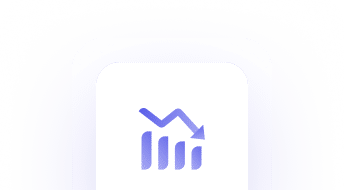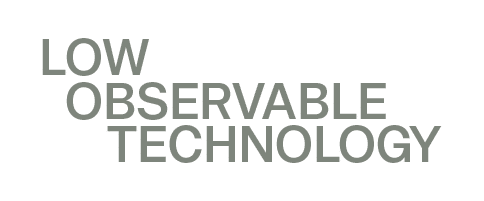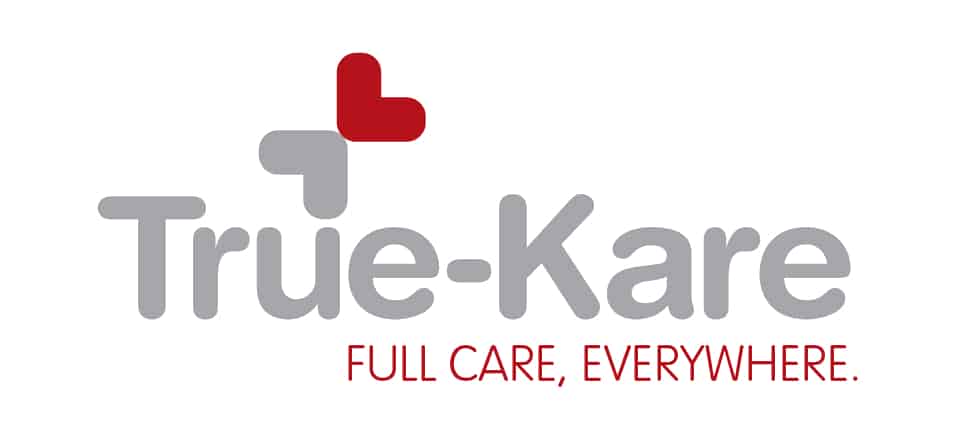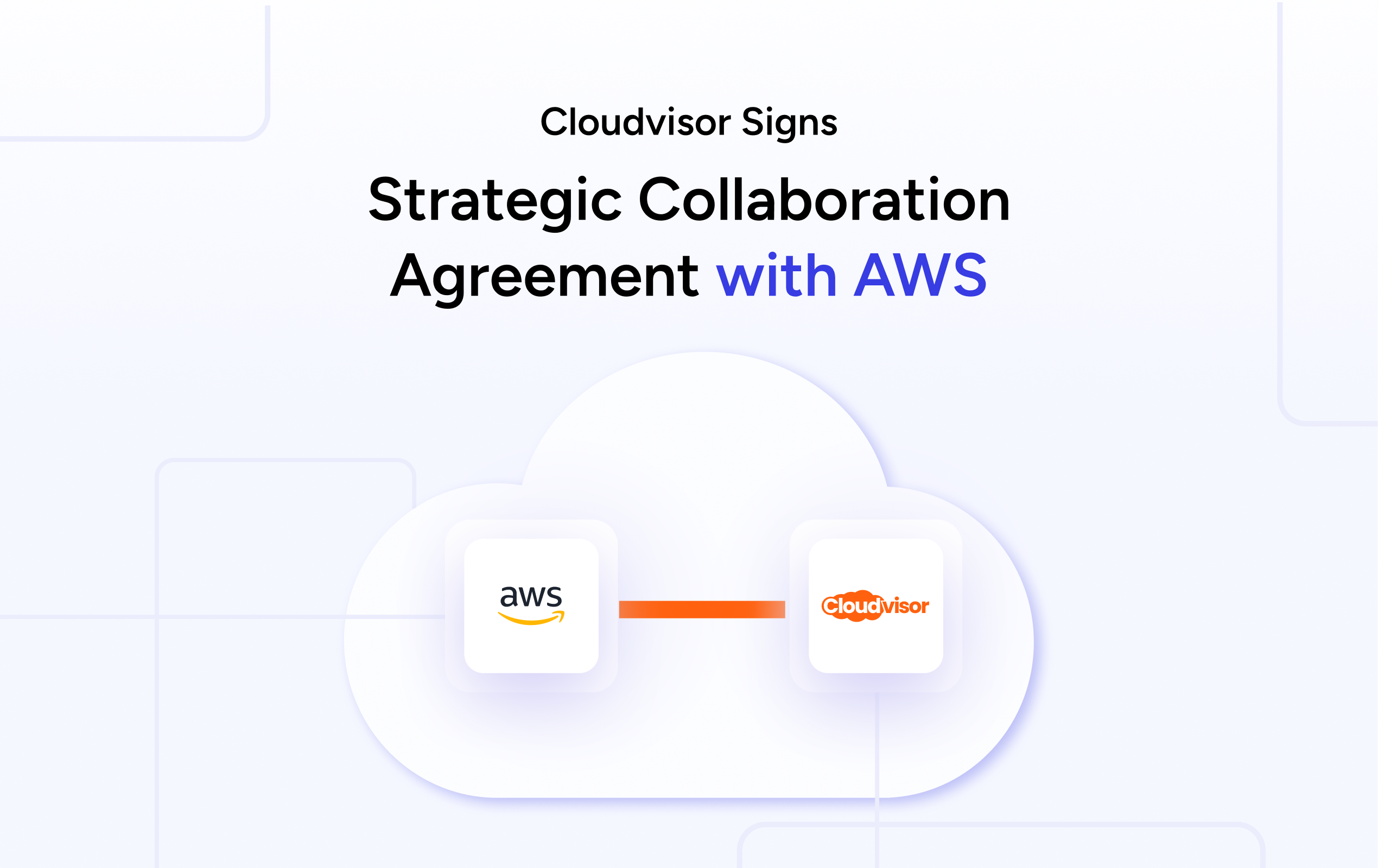AWS Cost Optimization Service: Save up to 40% on your AWS bill
Reduce AWS spend the safe way. We rightsize EC2/EKS, use Spot where it fits, move cold data to cheaper tiers, and set budgets and alerts your team can trust.
- Free of charge
- Get actionable insights
AWS Cost Optimization — what & why
AWS cost optimization means paying only for what you use while keeping performance steady. We review usage patterns, trim waste, pick the right pricing models, and add guardrails (tags, budgets, alerts) so bills stay predictable as your footprint grows.
Optimization tracks
Rightsizing & autoscaling:
We downshift oversized EC2/EKS workloads, tune container requests/limits, and enable autoscaling for peaks. Compute Optimizer guides choices; load tests confirm latency and error budgets stay healthy while steady-state costs drop.
Savings Plans & RIs strategy:
We analyze coverage and utilization, then buy Savings Plans or Reserved Instances that match real baselines. Staggered terms, exchanges, and regional mix keep discounts high without boxing you into the wrong instance families.
Storage & data transfer tuning:
S3 lifecycle moves cold data to cheaper tiers; analytics files use Parquet and partitioning. We clean unattached EBS and rein in snapshots. For egress, CloudFront, PrivateLink, placement tweaks, and Direct Connect reduce network spend.
Efficient architectures:
Graviton cuts CPU costs, Spot handles fault-tolerant work, and serverless trims idle time. For data, right-size Redshift, cache hot queries, and avoid full-table scans. We document safe patterns your team can reuse.
Visibility, tagging & FinOps:
Clear tags (owner, app, env) power Cost Explorer and CUR dashboards. Budgets and anomaly detection catch spikes early. Weekly reviews assign owners, track savings, and keep improvements from drifting over time.
Maximize efficiency, minimize spend
Designed specifically for startups and growing companies, this service helps you align your AWS costs with actual usage, improve efficiency, and maximize ROI.
What’s Included (For Free):
- Tailored, structured report delivered by AWS Solutions Architect
- Detailed insights about your current AWS usage
- Actionable steps to reduce your AWS spending

Benefits of doing a Cost Optimization
Review
Cost optimization review roadmap
A COR should take around one to three weeks from initiation to conclusion. While each case may present unique circumstances, the structured process generally unfolds as follows:
Initial access and data collection
Customer provides read access to their AWS usage data (Cost and Usage Reports).
In-depth analysis
We gather and analyze the data using a specialized 3rd party tool.
Report preparation and recommendations
We present the findings in a structured document alongside additional comments and advice.
Recommendation implementation
You implement the recommended changes (or our Engineering team can help you deploy the changes for an additional cost).
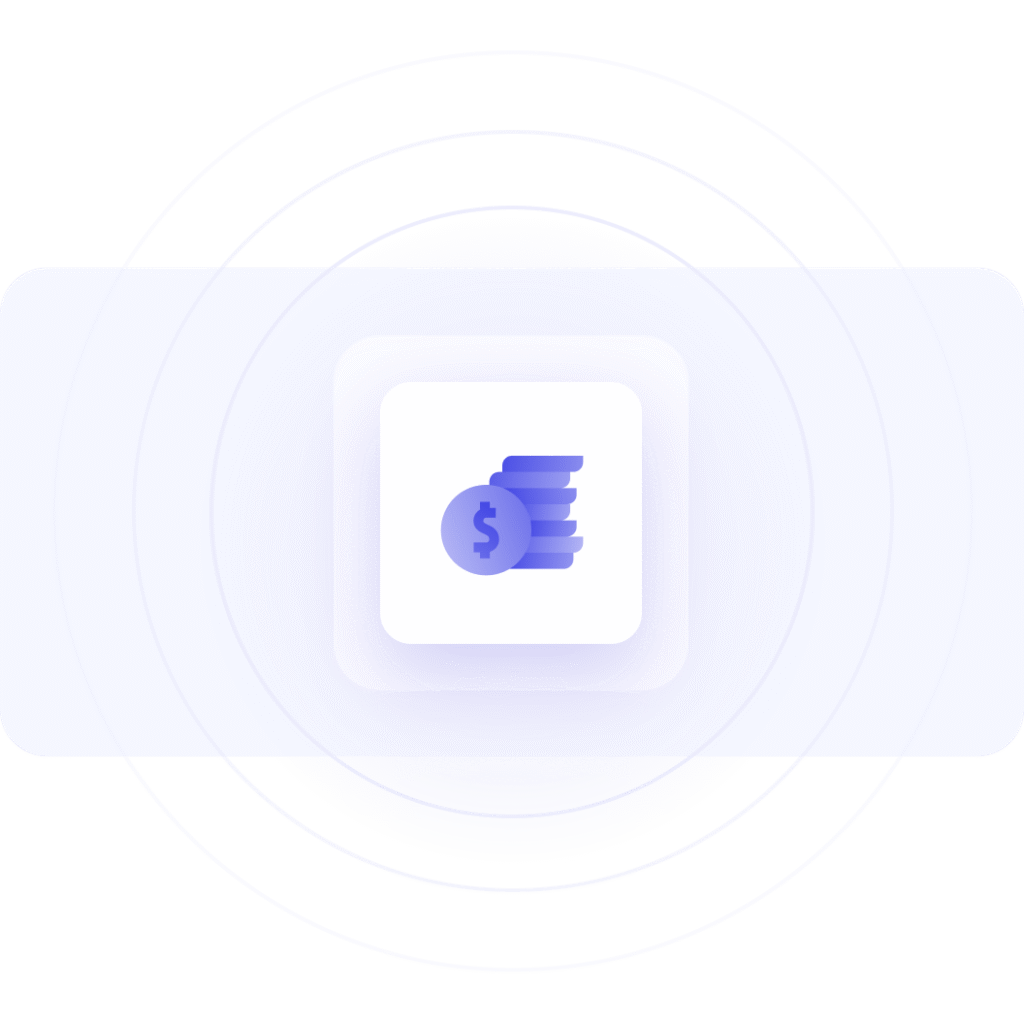
Pricing
We charge $2,000 per Review, but it’s free for:
- Companies spending under $5,000/month on AWS
- Our AWS Resell service clients
Why Cloudvisor?
Built for startups from day one, we help fast-growing teams cut their AWS costs and scale with confidence.
- Advanced Tier AWS Partner
- 50+ AWS Certifications
- 2000+ clients from Europe, North America and beyond

Frequently asked questions
If you still have any questions, feel free to contact us and we will help you as best as we can.
AWS cost optimization means getting the same or better performance for less money. We review usage, right-size compute and storage, pick the best pricing models (On-Demand, Savings Plans, Reserved Instances), and remove waste. Strong tagging, budgets, and alerts keep spend predictable. The payoff is lower monthly bills and fewer surprises as usage grows.
We start with Cost Explorer, AWS Compute Optimizer, and Trusted Advisor to spot idle or over-provisioned resources. Typical fast wins include downsizing EC2, moving to Graviton, turning on autoscaling, buying Savings Plans for steady workloads, cleaning orphaned EBS and snapshots, and setting smart S3 lifecycle rules. Most clients see meaningful savings in the first month.
Both trade commitment for lower rates. Savings Plans cover EC2, Fargate, and Lambda with flexible instance families and regions. Reserved Instances are narrower but can suit specific, steady EC2 footprints. We analyze baseline usage, risk tolerance, and term (1- or 3-year) to build a purchase plan that saves money without locking you into the wrong shape.
We look at CPU, memory, and I/O over time, not just daily peaks. Autoscaling handles spikes; smaller instances or Graviton often handle the steady state. For containers, we tune requests/limits and bin-packing. For serverless, we review Lambda memory/timeouts. Tests and canary rollouts keep latency and error rates where they should be while spend drops.
Yes, when used safely. We move fault-tolerant parts (batch jobs, stateless services, CI/CD) to Spot with capacity rebalancing and multi-AZ fallback. For Kubernetes, we mix on-demand and Spot node groups. Workloads that can restart or retry are great candidates. We track interruption rates and keep clear SLOs so savings don’t trade off reliability.
We apply lifecycle policies that move cold data to cheaper S3 tiers (IA, Glacier Instant Retrieval, Glacier), compress and partition analytics files, and delete unused versions. For EBS, we remove unattached volumes, right-size gp3, and cap snapshots with retention rules. Regular reviews catch “quiet” growth that slowly pushes storage bills up.
Often, yes. We reduce cross-AZ chatter with smarter placement, shift chatty services into the same AZ, use PrivateLink for VPC-to-service traffic, enable CloudFront for egress, and review NAT patterns. For hybrid, Direct Connect can beat internet egress at scale. Clear network diagrams reveal the handful of links that drive most of the spend.
Tags make spend traceable to teams, products, and environments. With good keys (owner, app, env, cost-center), you can set budgets, showback/chargeback, and alert on drift. We add guardrails for tag enforcement, build dashboards, and set weekly reviews so engineering and finance speak the same language and fix waste quickly.
We configure AWS Budgets for monthly and forecast alerts, Cost Anomaly Detection for sudden spikes, and Cost Explorer reports by service, tag, and reservation coverage. For deeper views, we add CUR (Cost and Usage Report) to S3 and a simple dashboard. The goal is clear ownership, early warnings, and no end-of-month panic.
Yes. We advise on AWS credits and the Migration Acceleration Program (MAP) when eligible, then bake those into the savings plan. We also run Well-Architected Reviews to find risk and waste across the five pillars, focusing on cost and reliability. You get practical fixes, a schedule, and measurable results that hold up over time.
50+ certifications in specialized areas of AWS
We take pride in our depth of knowledge and have worked hard to acquire a number of certifications in
specialized areas of AWS
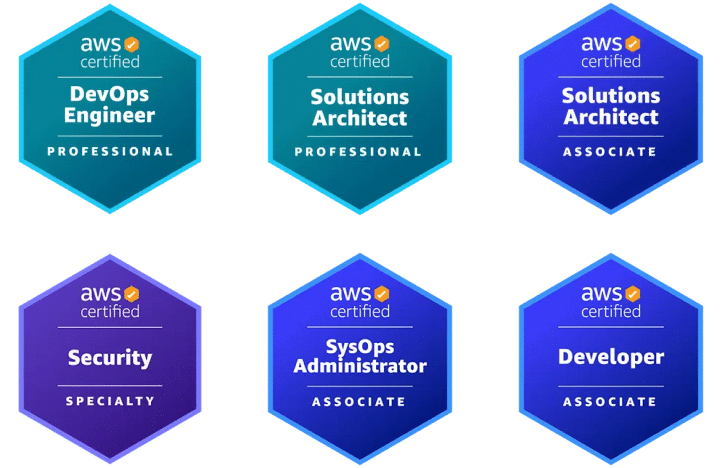
Don't just take our word for it
Here are few of the reviews of the clients we have served
